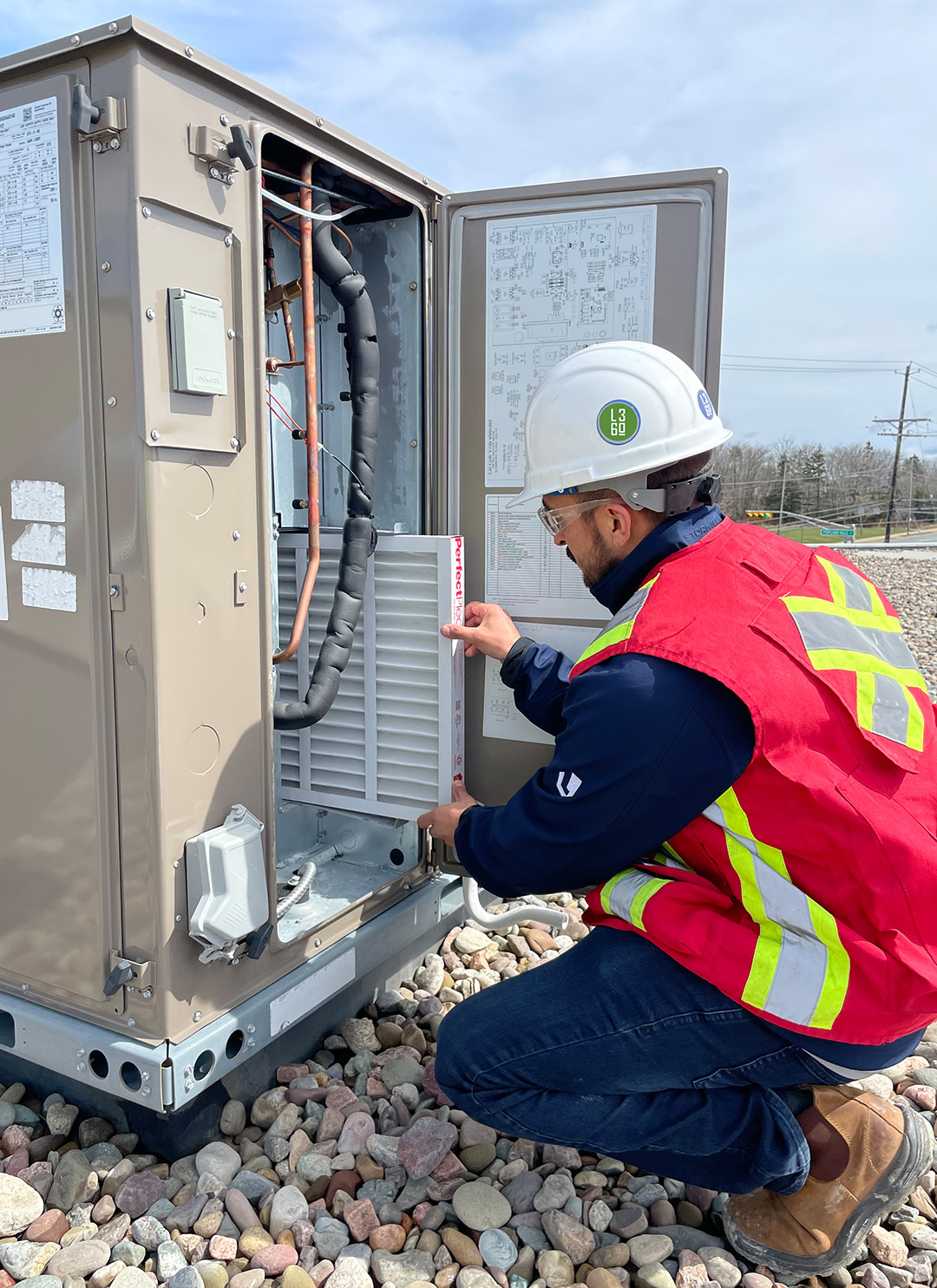

Director, Training
At E360 Institute, we are dedicated to empowering professionals with the knowledge to enhance sustainability and optimize energy use in facility management. Maximizing energy efficiency is essential not only for reducing operational costs but also for minimizing environmental impact. Here are the top strategies to achieve significant energy savings in your facility:
Conduct a Comprehensive Energy Audit: Begin by assessing your facility’s current energy consumption to identify inefficiencies and areas for improvement. An audit provides a baseline and helps prioritize energy-saving measures.
Upgrade to Energy-Efficient Lighting: Replace incandescent and fluorescent bulbs with LED lighting. Implement smart controls like motion sensors and daylight harvesting systems to reduce unnecessary lighting usage.
Optimize HVAC Systems: Regular maintenance of heating, ventilation, and air conditioning systems ensures they operate efficiently. Consider installing programmable thermostats and energy management systems to regulate temperatures based on occupancy.
Improve Building Envelope: Enhance insulation in walls, roofs, and windows to prevent heat loss in winter and heat gain in summer. Seal leaks around doors and windows to improve overall energy performance.
Implement Building Automation Systems: Utilize advanced controls to monitor and manage energy consumption in real-time. Automation can adjust lighting, HVAC, and other systems based on occupancy and time of day.
Use Energy-Efficient Equipment and Appliances: Invest in equipment with high Energy Star ratings. Energy-efficient appliances consume less power and often have better performance and longer lifespans.
Integrate Renewable Energy Sources: Incorporate solar panels, wind turbines, or geothermal systems to generate clean energy on-site, reducing reliance on traditional power sources.
Educate and Engage Occupants: Foster a culture of energy awareness among employees and occupants. Encourage simple practices like turning off lights and equipment when not in use.
Regular Monitoring and Benchmarking: Track energy consumption over time to measure the effectiveness of implemented strategies. Use this data to make informed decisions and continuous improvements.
Leverage Incentives and Rebates: Research government programs and utility rebates that support energy efficiency upgrades. These can offset initial costs and improve return on investment.
E360 Institute (LMMW Group Ltd.)
105-134 Eileen Stubbs Avenue, Dartmouth, NS B3B 0A9 Canada
(902) 476-8543 or 1 (833) 917-5360
© E360 Institute – Powered by LMMW